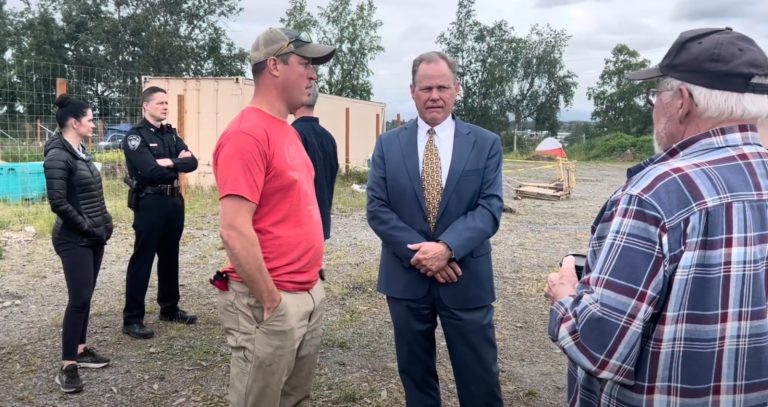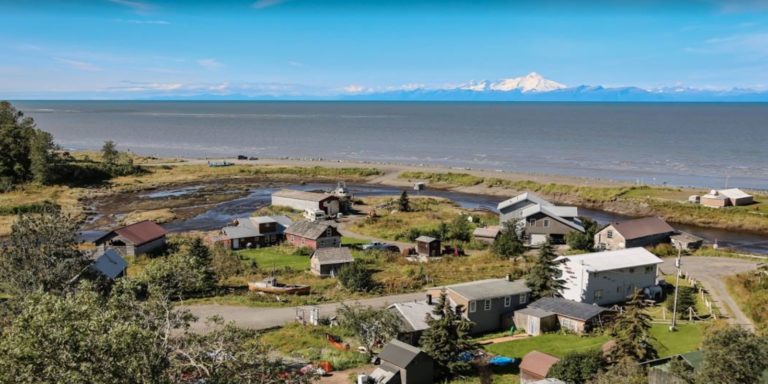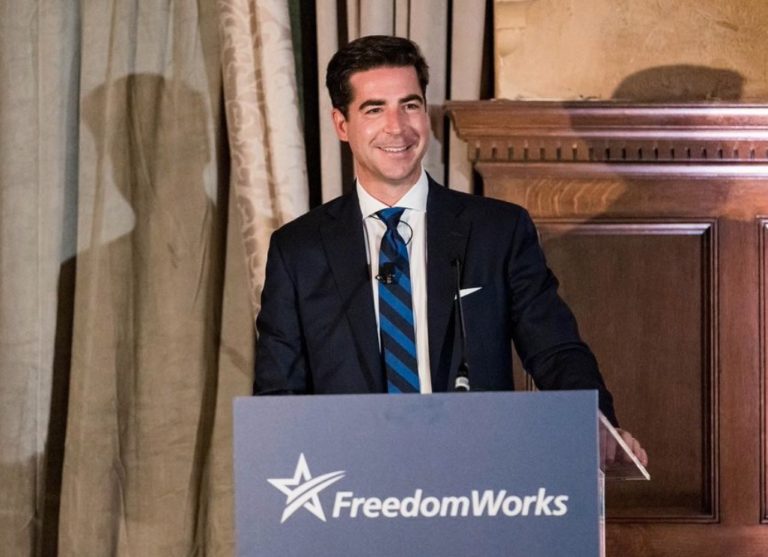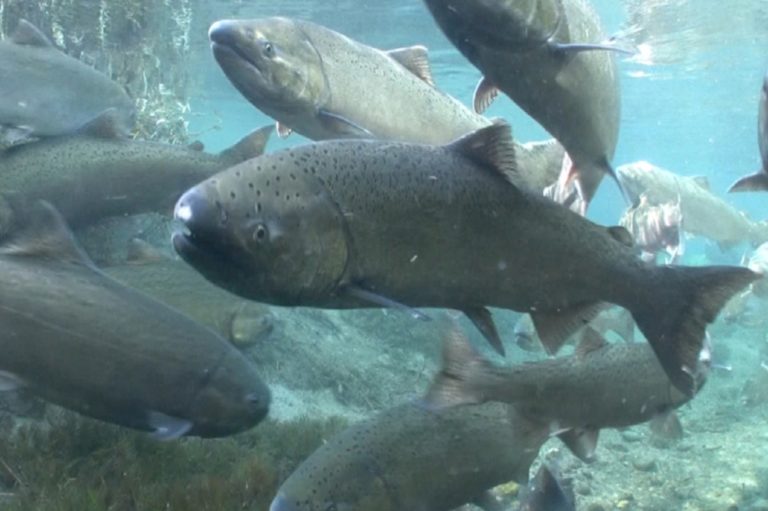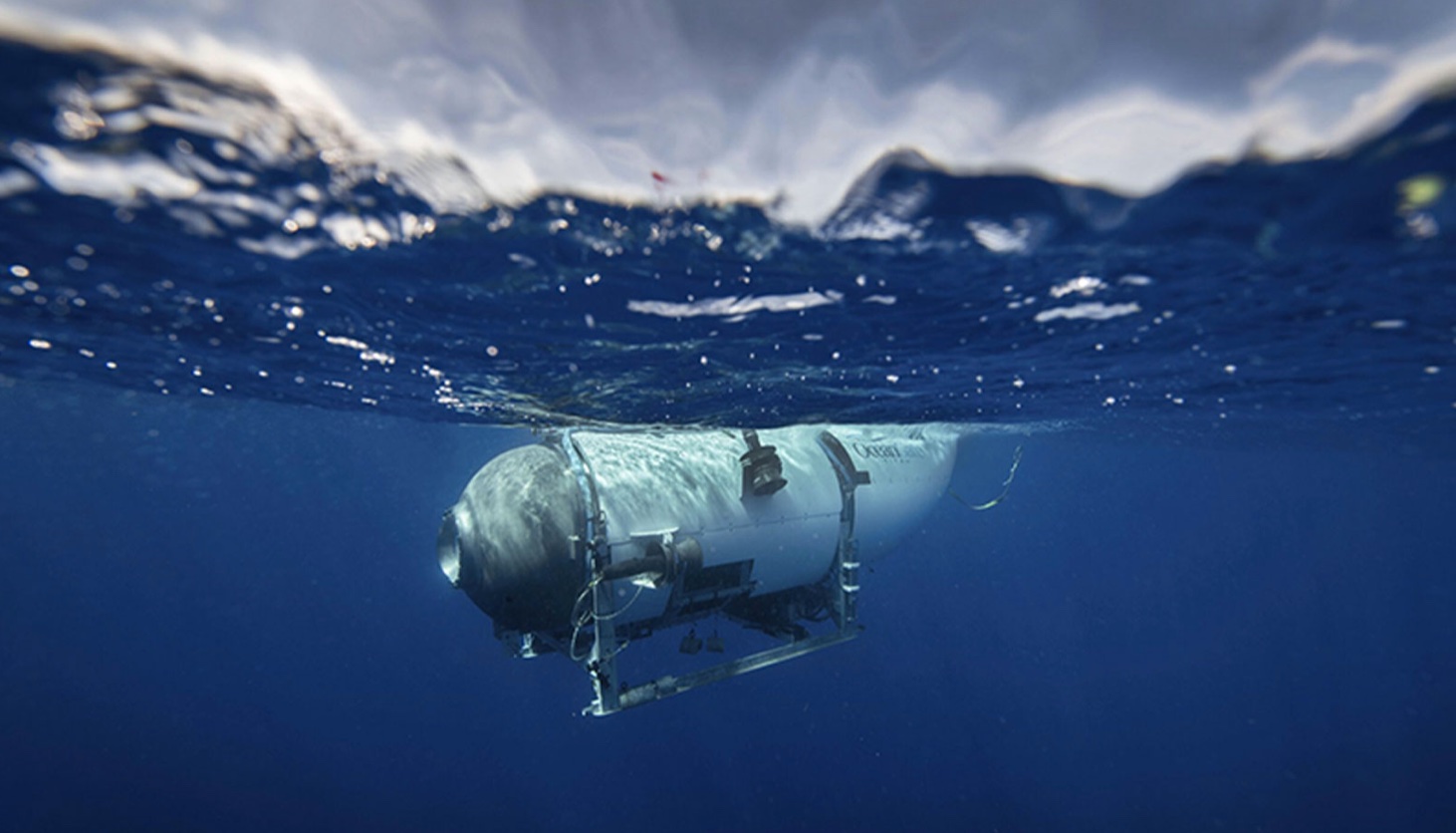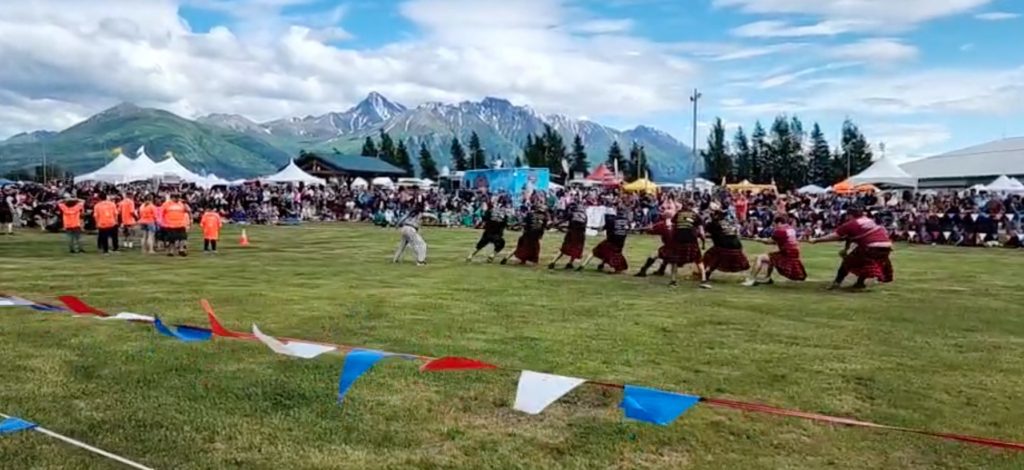Anchorage Mayor Dave Bronson toured the squalid conditions that have developed on the site of the old Alaska Native Hospital at 3rd Avenue and Ingra. About 200 vagrants — people who can’t or won’t follow the rules of regular structured shelters — are in tents and tarps at that location, a result of the Anchorage Assembly refusing to allow a solution that would address this particular population.
The mayor released the following statement concerning the large number of prohibited homeless camps and ramshackle structures at the site of 3rd Avenue and Ingra Street:
“Today I directed municipal resources to clean up the growing number of homeless camps at 3rd and Ingra. We are taking immediate action to clean up the illegal structures, pallets, accumulating trash, and abandoned vehicles on the property that previously was the old Alaska Native Hospital. Code enforcement will be tagging abandoned vehicles and those will be removed as soon as possible,” he said.
Bronson was responding to a publicity campaign by local property owners who call themselves the “3rd Ave. Radicals,” a tongue-in-cheek reference to those who are hardworking property owners and taxpayers trying to keep the area safe and trying to improve neighborhood conditions.
“We are going to protect public property and the safety of residents and businesses in the area, while respecting the rights of all citizens,” the mayor said.
A video of the mayor touring the site today can be found at this link.
The mayor started his morning with a staff meeting at City Hall, asked his senior staff how many had been to the site, where it gets worse by the day. Today, it was field trip day, as Bronson wanted his entire staff to walk the site and see what the people living around the area are dealing with.
Bronson is working on fencing, security and control in the short term, and working on a contract to get 24-hour security at the site. He has asked police to step up patrols.
The biggest item is land where Davis Park encampment is. With about 100 people littering the area, this is military land leased to the city, and it’s now a large illegal encampment the military wants out of there. Those people will drift over to the Native Hospital land, where it’s already grim. There are only, for example, two portable toilets for the 200 who are already encamped. With 100 more likely to come into that area, it’s going to get worse before it gets better.
The “3rd Ave. Radicals” hope that between site security and better police protection, some of the open drug use, drug dealing and illegal activities will be reduced. Some of the criminals will respond to police presence by finding other places to camp across the city.
Meanwhile, the Anchorage Assembly has not allowed the mayor to solve the problem and has also refused to come up with a plan it can agree on.
